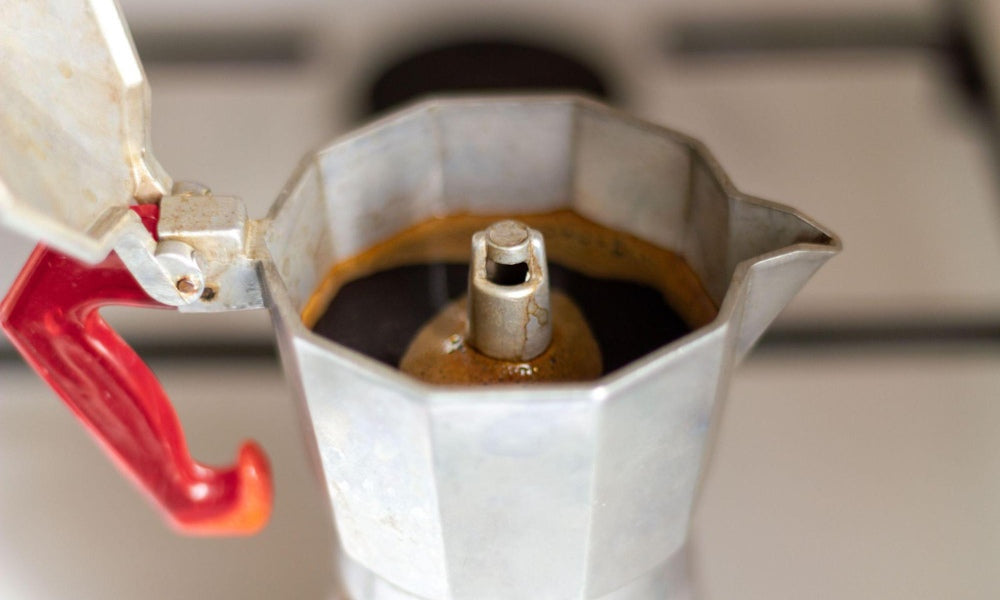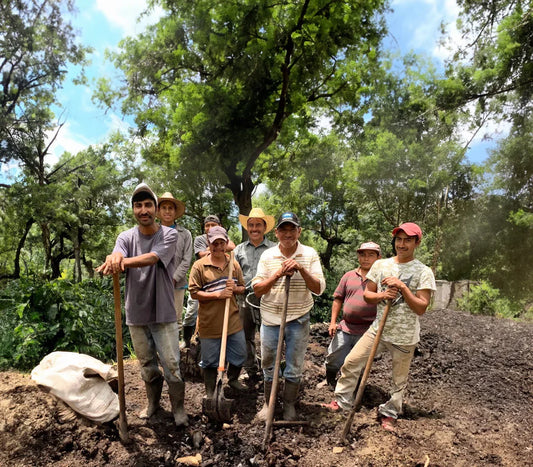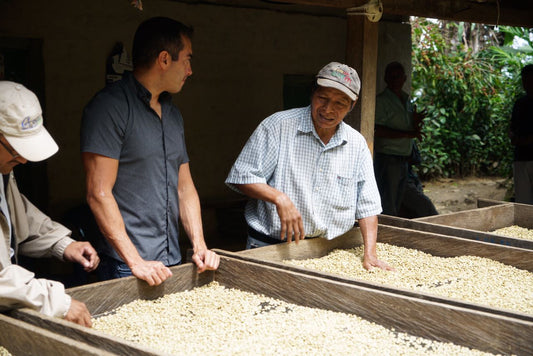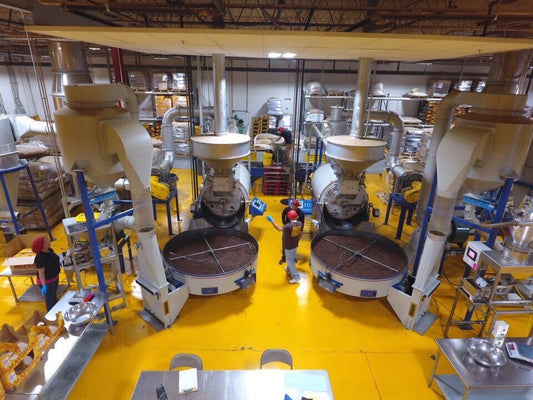
How to Prepare an Authentic Cuban Coffee (Café Cubano)
The ultimate guide to making Cuba’s most iconic drink.
In Miami, café Cubano is more than just a drink. Locals set their watches by it, with each one punctuating different points of the day.
“At 9am, café Cubano comes around,” says Grace Della, a long-time Miami resident. “At 12 o’ clock, café Cubano comes around. At 3pm café Cubano comes around. Miami runs on café Cubano.”
Table of Contents
But what is café Cubano? And why has it become such an iconic drink?
Café Cubano – or Cuban coffee – is a strong, dark, sweet espresso-based drink that originated in Cuba.
The island nation has a long history of coffee production stretching all the way back to the 18th century and, by the early 1800s, coffee had surpassed sugar as Cuba’s top export.
Naturally, the readily accessible and abundantly available crop filtered into Cuban society in a big way. Domestic coffee consumption soared over the next two hundred years, and became a deeply ingrained part of Cuban society.
Like all countries that have adopted coffee, Cubans also developed their own styles of preparing it, which has continued to evolve into the present day.
However, café Cubano is without a doubt one of the most popular.
It typically involves brewing finely ground dark roasted coffee with demerara sugar to add sweetness using a Moka pot or espresso machine. The key is then to beat the sweet extracted liquid vigorously until it forms the iconic light brown espumita on top.
This is not to be confused with “crema”, which is usually found atop traditional espresso. Instead, the espumita forms from a combination of the sugar, espresso, and brewing process. The result is a dark and stronger drink than most other coffees.
Cuban coffee in Miami
After the Cuban Revolution in 1959, coffee production was nationalized. As a result, it began a steady decline from a peak of 60,300 tons in 1960-61 to less than 10,000 tons in 2020-21.
However, the café Cubano lived on and continues to form an integral part of the Cuban identity today, both in Cuba and abroad.
Undoubtedly the place where café Cubano has since become synonymous is Little Havana in Miami. The vibrant neighborhood is home to thousands of Cuban immigrants, many of whom left Cuba shortly after the revolution.
Their culture and traditions soon merged with those of the locals, giving rise to some of the city’s most distinctive features. These include Miami’s ventanitas, where café Cubanos are served from morning until night from small holes in the wall.
Here, the drink is commonly served in Styrofoam or plastic cups as opposed to the ceramic demitasse cups you might typically find in homes or restaurants.
Although the coffee used is not from Cuba itself, Cuban migrants brought most of the traditional aspects of preparing café Cubano from back home. As a result, most acknowledge that the best place in the US to enjoy an authentic café Cubano is indeed in Miami.

How to make a café Cubano at home
If you are not lucky enough to take a trip to Little Havana or Cuba anytime soon, then you might be wondering how you can make an authentic Cuban coffee at home.
Here are some of our tips to get started making a café Cubano of your own:
Buy the right coffee beans
Cuban coffee is known for being strong, dark, and bold with a full body and a natural sweetness that complements the demerara sugar.
However, to achieve this it’s important you use the right coffee beans.
We recommend using Mayorga Coffee’s Cubano Roast, a blend of Latino coffees carefully chosen and roasted to give it the signature Cubano taste. It offers a full bodied cup with hints of vanilla and a sweet, syrupy smokiness and a smooth, bold finish. You can buy it as whole bean or pre-ground – whichever suits you best.
Use the right equipment
If you order a café Cubano from a ventanita in Miami, it will most likely be made using an espresso machine. But if you don’t have access to one, then a Moka pot works just as well.
In fact, Moka pots are staples of Cuban households for this very reason. They are affordable, easy to use and clean, and look great bubbling away on the stove.
If you prefer to buy quality coffee beans whole, we also recommend a grinder that allows you to grind your coffee finely. A fine ground coffee tends to work best for extracting all the delicious flavor of the coffee.
Finally, you’ll need a spoon for beating the coffee and sugar mixture and a metal pouring jug.
Keep an eye on it
Once you have added your finely ground coffee beans to your Moka pot (or espresso machine), it’s important not to leave the room and do something else while the water heats up.
This is because the secret to a perfect café Cubano involves waiting for the first few drops of coffee to appear from the spout, before pouring it into the pouring jug containing the demerara sugar.
“When the first trickle appears, pour some droplets onto the sugar and stir it to create a paste,” says Cuban chef, José Hernández. “Then you can pour the rest of the coffee.”
Whisk!
As soon as all the coffee is in the metal pouring jug, beat it vigorously with the spoon. The idea is to create a light brown espumita which will add texture and flavor to the drink.
Share the moment with friends and family
Above all, a café Cubano is a moment for sharing with friends and family. While many might have a buchito alone to kick start their day, taking time to sip a Cuban coffee while socializing is the final ingredient that makes the drink truly special.


